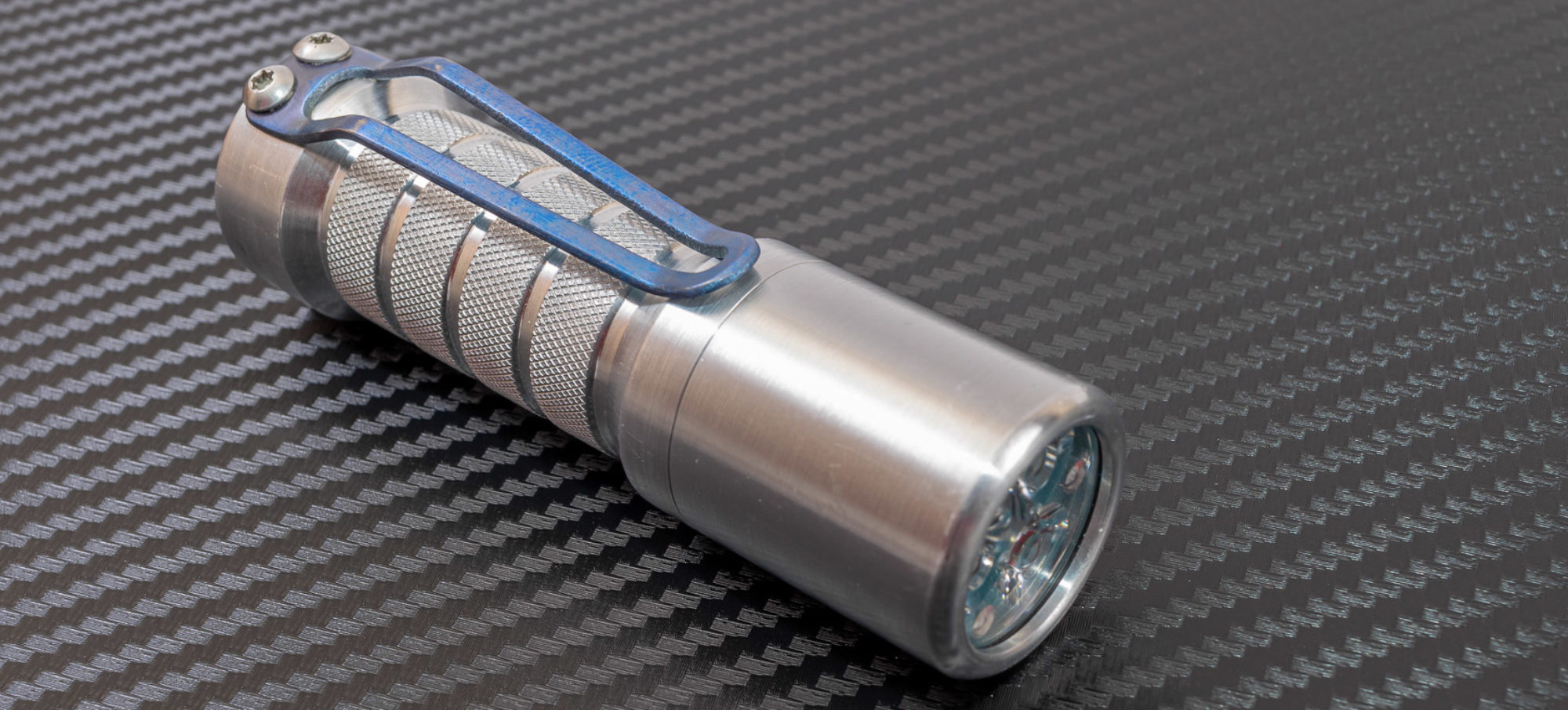Wuben has a new flat keychain style light out with the G2. It’s a little different with the LED being on the flat side, with a wide large reflector, USB-C rechargeable, and can crank out up to 500 lumens in turbo.
Watch this review on YouTube:
Follow me on Instagram: https://www.instagram.com/liquidretro/
Join the Facebook Page: https://www.facebook.com/LiquidretroReviews/
Follow me on TikTok: https://www.tiktok.com/@liquidretro1
Enjoy this review? Buy me a Coffee/Beer: https://www.buymeacoffee.com/Liquidretro
Find all my social media at https://linktr.ee/liquidretro
See my Amazon Store with my gear recommendations https://www.amazon.com/shop/liquidretro
Pickup the Wuben G2 at https://www.wubenlight.com/products/wuben-g2-mini-flashlight
Use code “LRG220” to save 20%
Packaging & Accessories
The packaging is a nice clear box, with the product labels being stickers on the top and bottom. Inside the box includes the light, USB-A to C charging cable, a gray plastic clip, and manual.
Construction & Design
The G2 is flat light, with the reflector on the flat side. Its body is made from aluminum and is available in 3 colors currently, black, Blue, and Green which I have here. The ends are both plastics. At the bottom end there is a plastic keychain ring that twists on and off, it can be a little tricky to put back on. Under this is a magnet that is strong enough to hold the light vertically on a painted metal surface without an issue.
In the middle is the P9 LED and TIR optic. On the sides there is the connection point for the pocket clip which I will talk about more in a minute.
At the top is the USB-C charging port. It has a silicone flap covering it. It’s not a very tight fit. The light doesn’t have a dust or water rating as a result. This is an area for improvement in future versions. Next to the charging port is the switch. It sits nearly flush and I had no issues with accidentally activating it.
Retention & Size
Size here is 2.3” x 1” x 0.36” thick without the clip. Weight is 1 ounce without clip. There is no water or dust rating officially for the light. With that flap I think it would probably struggle to meet the standard specs.
Retention options include a plastic clip that clips on the rear of the light in some indentions. This isn’t necessarily a light or clip designed for front pants pocket EDC but more to strap on to a bag, hat, etc. The clip is stiff. It also has a split ring attachment that twists off to reveal a magnet underneath too.
UI
The UI on the G2 requires a Long press to turn on when the light is off. This really mitigates accidental activations in my experience. The light has a memory mode to the last previously used setting. To adjust between the 4 modes when turned on, just press the button. The double press goes to turbo.
LED & Beam
The LED being used here is an OSRAM P9 LED. My Opple meter measured 6050k at 68 CRI as well as some PWM on high. The beam is mostly flood with a small hot center thanks to the TRI style optic. A good beam profile for up-close work for a light this size.
Outputs, runtimes, temps
Official outputs on Turbo were 500 lumens, and I measured 437 lumens initially, with a fast decline in under a minute to around 190. High is rated at 200 lumens, I measured 190. Medium is rated at 65 lumens I measured 61 at 30 seconds. Max heat I saw on the body of the light was 36C near the end of the runtime. Total runtime starting in Turbo was 40 minutes as well as in High mode. Medium lasted out to 2 hours of runtime which is longer than quoted.
Recharging
Internally the light contains a 280mAh lithium polymer battery. When I tested the capacity I got slightly more than this at about 314mAh. The total charge time here via USB-C was 1 hour. The light is USB-C PD compatible but you don’t get any benefits of the charging speed here with such a small battery. There is a small LED near the button that goes red when charging, and blue when charged.
Final Thoughts
At less than $20 with my discount coupon, the G2 is a decent keychain light. I like the small thin nature, it’s smaller and thinner than most car key fobs and produces a good amount of light for its size. It’s smaller than some of the Nitecore lights I have like the TIP which is similar but larger than some of the Royvon lights.
I don’t like that the silicone port covering the USB-C port is more of a flap. It’s not really a seal, and the light carries no water rating as a result. I did pour some water on it in the sink and it was ok, but it definitely won’t survive a full submersion. Hopefully, they can come up with a better cover in the future.
It has a really broad floody beam but with a super small center hots spot, thanks to its TIR optic. It works for the close-range tasks it’s designed for pretty well. The cool white LED isn’t my favorite but it works. Overall a decent keychain light for the money.
Pickup the Wuben G2 at https://www.wubenlight.com/products/wuben-g2-mini-flashlight
Use code “LRG220” to save 20%






























































